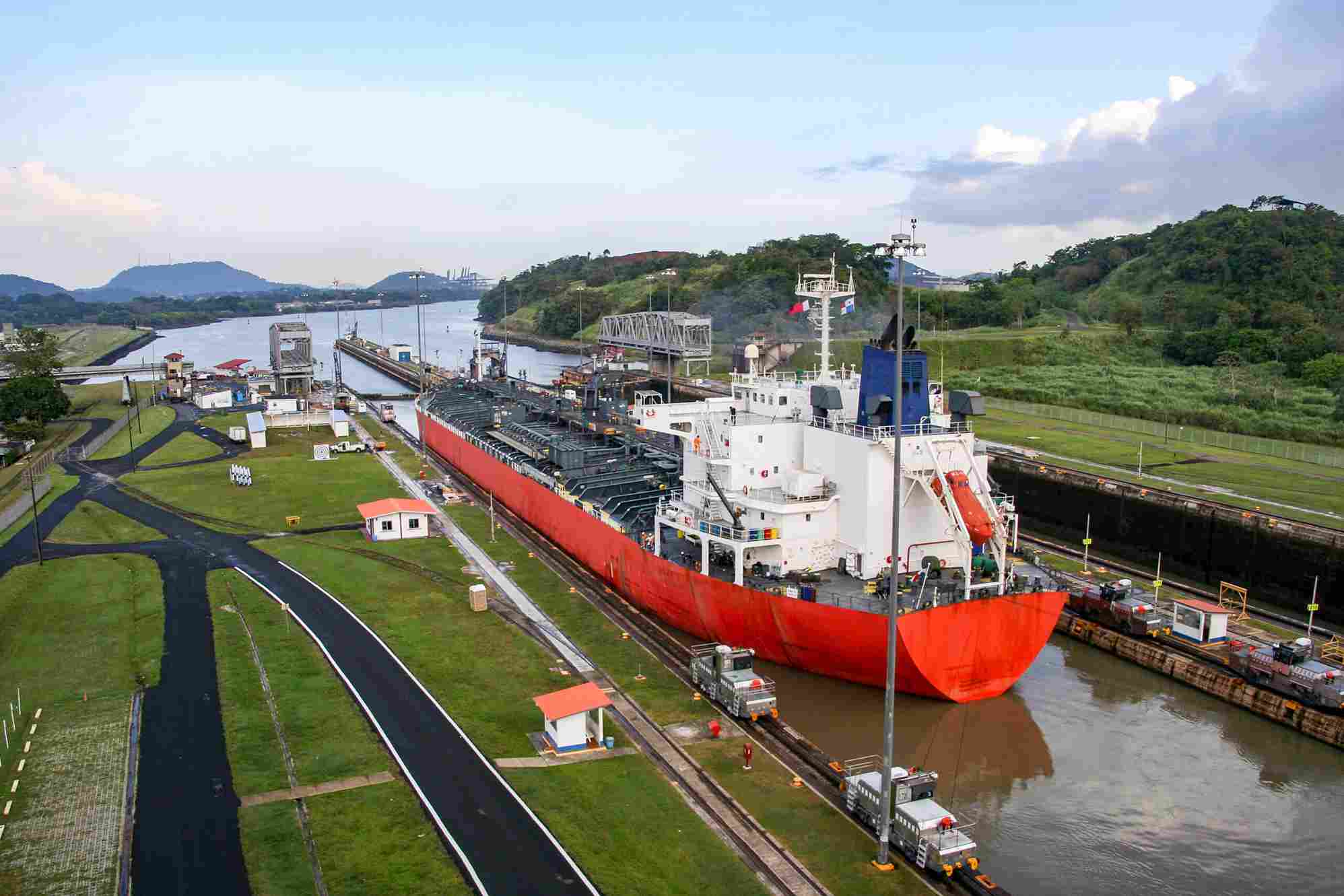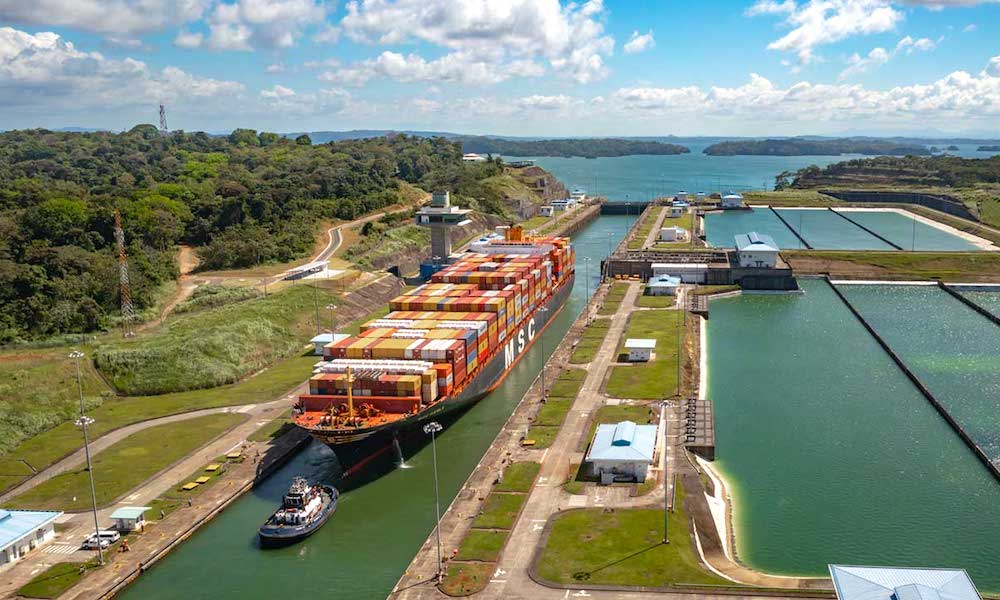Panama Canal Implements Slot Reductions to Alleviate Congestion and Ensure Smooth Operations

Introduction
The Panama Canal, a marvel of engineering connecting the Atlantic and Pacific Oceans, has long been a crucial trade route facilitating global commerce. However, its popularity and increasing maritime traffic have led to congestion issues in recent years. To address this challenge and ensure the continued efficiency of this vital waterway, the Panama Canal Authority has taken a bold step by implementing slot reductions. This strategic move aims to alleviate congestion, optimize operations, and maintain the Canal’s significance in the modern shipping industry.
The Significance of the Panama Canal
Stretching approximately 50 miles across the Isthmus of Panama, the Panama Canal has been an essential conduit for international trade since its completion in 1914. Its strategic location shaves thousands of miles off maritime routes, reducing transit times and costs for vessels transporting goods between the Atlantic and Pacific Oceans. The Canal’s impact on global trade is profound, allowing economies to access markets, raw materials, and manufactured goods more efficiently than alternative routes.
The Challenge of Congestion
In recent years, the Panama Canal has faced a growing challenge: congestion. The surge in maritime trade, particularly driven by the rise of global economic powers in Asia, has led to an increase in the number of vessels transiting the Canal. This heightened traffic has resulted in delays, longer waiting times, and potential disruptions to supply chains. Addressing this congestion is not only critical for the Canal’s effective functioning but also for the broader global trade network.

The Implementation of Slot Reductions
To combat congestion and maintain operational efficiency, the Panama Canal Authority has decided to reduce the number of booking slots available for vessels to transit the Canal. This move aims to strike a balance between accommodating trade demands and preventing overwhelming traffic. By carefully managing the number of ships allowed to pass through within a given timeframe, the Canal can mitigate bottlenecks and minimize the likelihood of delays.
Key Benefits of Slot Reductions
- Improved Efficiency: With fewer vessels scheduled for transit, the Canal can operate more smoothly, reducing waiting times for ships and optimizing the use of its resources. This streamlining of operations benefits both the Canal Authority and the shipping companies, enhancing overall trade efficiency.
- Predictable Scheduling: By implementing slot reductions, the Canal Authority can offer more predictable scheduling for shipping companies. This predictability allows companies to plan their operations more effectively, leading to smoother supply chain management and reduced uncertainties.
- Infrastructure Maintenance: The reduced traffic resulting from slot reductions can create windows of opportunity for essential maintenance and upgrades. Regular maintenance is crucial for ensuring the Canal’s long-term sustainability and reliability.
- Environmental Considerations: Congestion can contribute to increased emissions due to prolonged waiting times and inefficient operations. By reducing congestion, the Canal can play a part in minimizing its environmental footprint, aligning with global efforts to promote sustainable shipping practices.
Challenges and Mitigations
While slot reductions offer numerous benefits, there are challenges to consider. The shipping industry’s fluid nature means that demand can fluctuate unexpectedly, potentially leading to periods of underutilization or overutilization of available slots. The Canal Authority must maintain flexibility in its approach, regularly monitoring traffic patterns and adjusting slot availability as needed. Clear communication with shipping companies is also vital to ensure they understand the rationale behind the changes and can plan their operations accordingly.
Conclusion
The Panama Canal’s decision to implement slot reductions marks a pivotal moment in its history. As a linchpin of global trade, the Canal must adapt to the evolving demands of the shipping industry while maintaining its efficiency and reliability. By carefully managing the number of booking slots available for vessels, the Canal Authority is proactively addressing congestion issues and laying the groundwork for sustainable growth. This strategic move not only benefits the Canal’s operations but also contributes to the overall resilience of the global supply chain network. As the maritime industry continues to evolve, the Panama Canal remains a shining example of how innovation and adaptability can ensure the continued success of a century-old engineering marvel.
Click here to join our Telegram chanel
You will get information, news, and support related to Merchant Navy.
